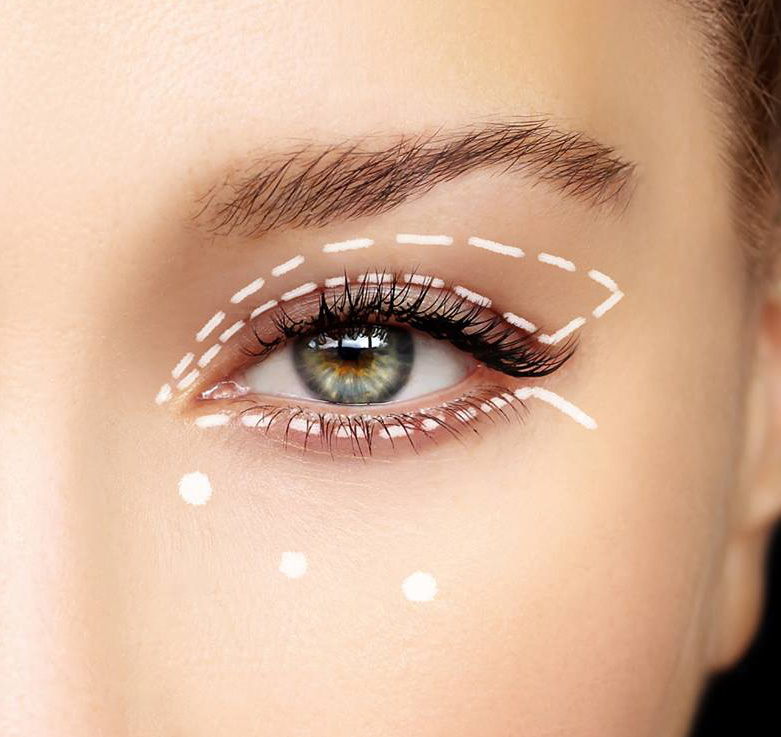Watery Eye Treatment
Your tears normally drain from the eyes through tiny openings located at the medial aspect of the upper and lower lids which are called the puncta. The tears are propelled from the eye and towards the drain with each blink. Once the tears have entered the puncta, they pass through the lumen of the canaliculi which are small membranous tubes. The upper and lower canaliculi join together and drain into the lacrimal sac (tear sac) which is located between the nose and medial aspect of the eye. From the sac, the tears drain down the nasolacrimal duct and into the nose and nasopharynx (this is why when you place an eye drop/eye medication into your eye, sometimes you can taste it).


There are many causes for excessive tearing (epiphora) and watery eyes. Some causes may need to be treated conservatively or with medication while other causes may require surgery.
Table of Contents
ToggleAt CK Eyelid Plastic Surgery, Dr. Kauh will give you a detailed evaluation to assess the root cause of your tearing and the appropriate treatment.

How is a blocked tear duct treated?
Treatment for nasolacrimal duct obstruction involves surgery to create a new passageway for the tears to drain into the nose. This surgery is called dacryocystorhinostomy (DCR).
A small incision (typically 15mm in length) is made in the groove located between the nose and medial aspect of the eye. Through this incision, the lacrimal sac is opened and any purulent drainage is emptied and cultured. A small area of nasal bone adjacent to the lacrimal sac is also opened to create a new passageway for the lacrimal sac to drain directly into the nasal cavity. To ensure that this new passageway remains open during the early stages of healing, a soft silicone stent is inserted through the upper and lower puncta and canaliculi of the eyelids and passed into the nose. This silicone stent remains in place for approximately 3-4 months and it is later removed in office.
Dacryocystorhinostomy is performed as an outpatient procedure under general anesthesia with local anesthesia. Dissolvable sutures are used to close the incision. The incision is small and heals well, so that it is often barely visible. No eye patches are needed after surgery. Topical antibiotic-steroid eye drops and antibiotic ointment are prescribed after surgery.
“Dr. Kauh was helpful, kind, and went above and beyond to make me
feel comfortable in the approach to my healthcare. I couldn’t recommend anyone better to provide cosmetic services.”

What is recovery for DCR like?
There are no patches, bandages or dressings. A temporary stent may be placed in the tear duct to allow proper healing. This will be removed in office at your 3 month postoperative visit.
You may have bruising and swelling at the site of the skin incision. Swelling typically resolves by 2-3 weeks after surgery. The incision heals well as long as significant sun exposure is avoided. You will be advised to apply cold compresses over the affected side for 1 week to help reduce the swelling. You must refrain from significant physical activity for 1 week after surgery. Avoidance of nose blowing in the first week is important to avoid significant nose bleed. The nose may feel congested after surgery and so use of nasal saline spray will help to mitigate this.
When tearing is due to obstruction of the nasolacrimal duct, DCR surgery successfully improves excessive tearing (Epiphora) in more than 90% of patients. Success rate will be lower for patients who have systemic inflammatory disease such as granulomatosis polyangitis, prior nasal surgery, sinus disease, mid-facial trauma or prior failed DCR.

